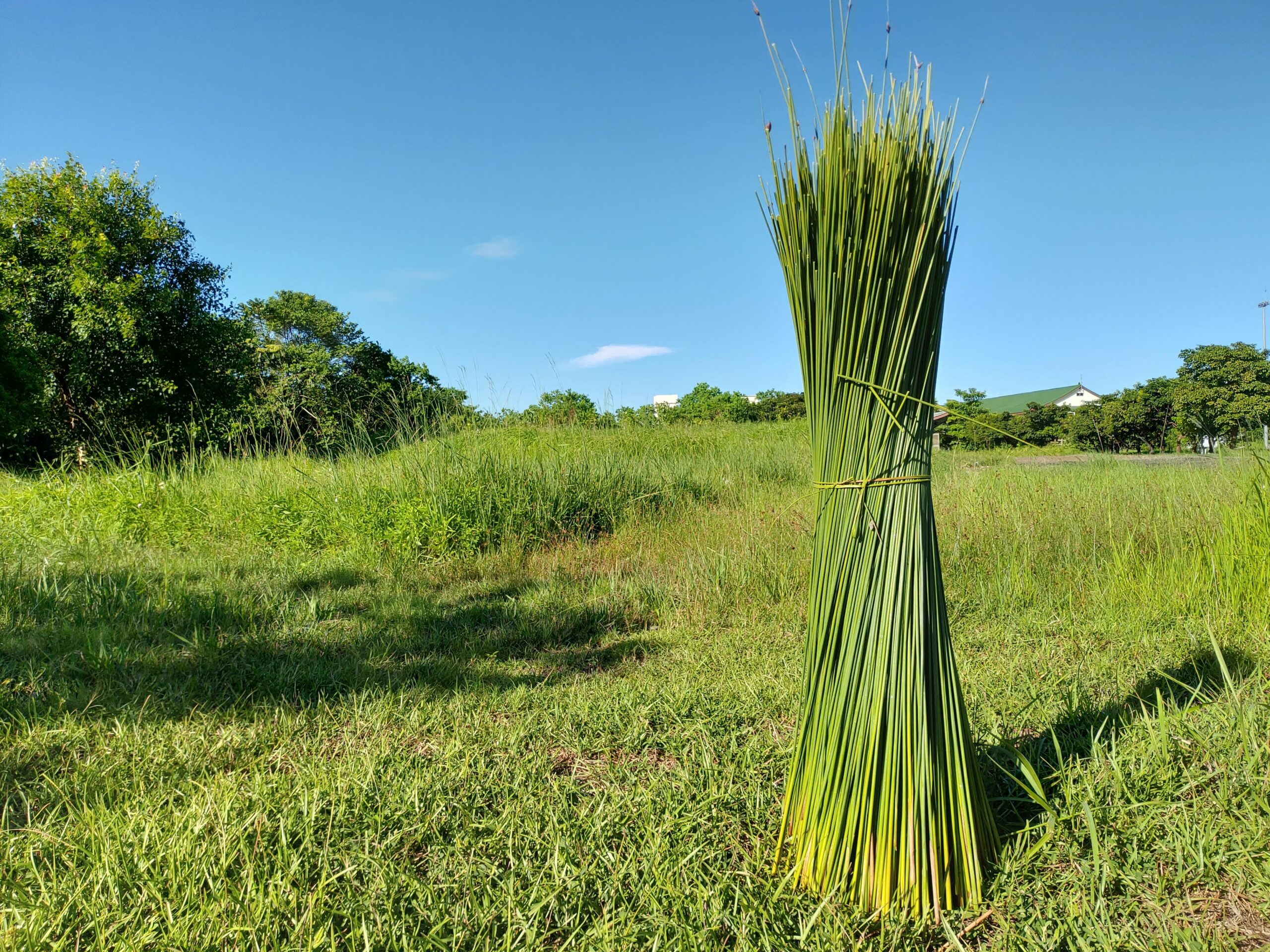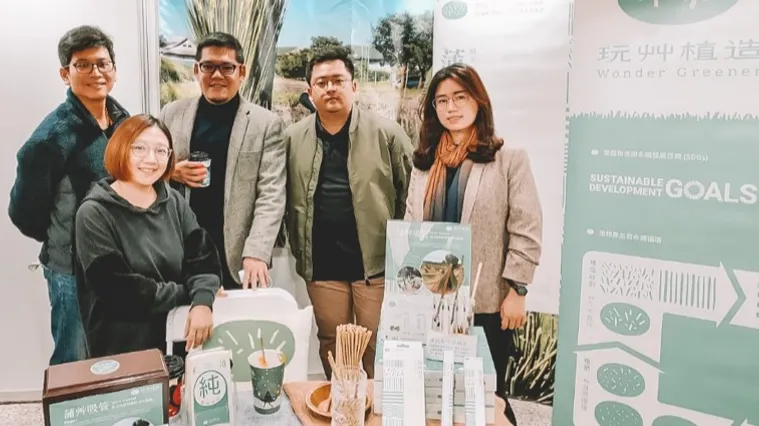Do you still remember that heartbreaking photo of a sea turtle with a plastic straw stuck in its nostril? It moved countless people to grief over ocean plastic pollution. This image not only shocked our eyes but also sparked a profound global reflection on environmental education and single-use plastics.
However, the dangers of plastic are much closer and more personal than we imagine. Recent studies reveal that tiny plastic micro-particles are silently invading the human body. They have been found not only in the bloodstream and lungs but even in the placenta. Scientists estimate that the amount of plastic micro-particles accumulated in our brains is roughly 7 grams — enough to “form a plastic spoon”! Bottled water, which many of us consume routinely, can contain hundreds of thousands of plastic nanoparticles per liter, making it a major source of microplastic intake. Further research indicates that stopping the consumption of bottled water can reduce microplastic intake by nearly 90%. Meanwhile, the plastic particle content in the brains of dementia patients is 3 to 5 times higher than in healthy individuals, suggesting a possible link between microplastics and neurodegenerative diseases, posing a potential threat to human health.
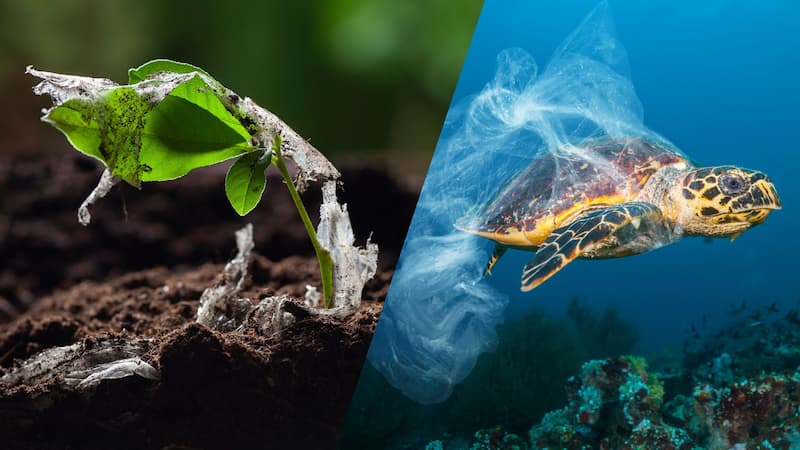
From tiny plastic micro-particles invading marine life, to massive floating garbage islands in the oceans, and now the potential risks inside our own bodies, we realize that Earth’s ecosystems and human health are facing an unprecedented crisis.
Grass Straws’ “Ocean-Friendly” Promise: Beyond Pollution Prevention
The answer may be hidden in the seemingly ordinary natural world — Grass Straws. They are not just a plastic alternative but a green product that embodies sustainable living and actively nourishes the soil.
The raw material for Grass Straws comes from a plant that naturally grows in wetlands — Lepironia. Cultivating this plant requires no pesticides, insecticides, or herbicides, making it an agricultural resource that is gentle on the land. From growth to processing, the entire process embodies an environmentally friendly philosophy.
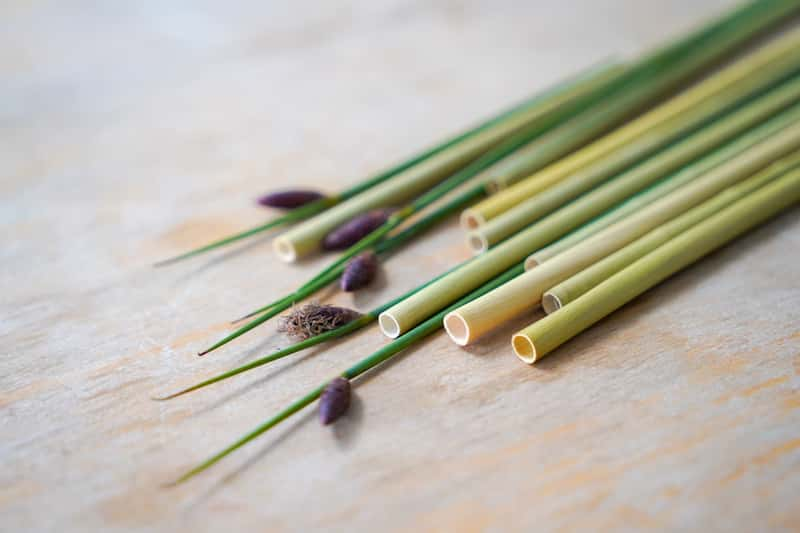
More importantly, Grass Straws perfectly integrate into nature’s cycle. Unlike plastic straws that can persist in the environment for hundreds of years and eventually break down into hard-to-remove microplastics, Grass Straws—if accidentally released into the ocean—break down like fallen leaves, battered by waves into natural fibers that decompose and return to the earth. They place no burden on marine ecosystems, truly embodying the ecological cycle of “returning to the roots.” This purity from nature has earned grass straws Taiwan’s Environmental Protection Label green certification, proving that from raw materials to production, every step is strictly controlled, making them a trustworthy eco-friendly product.
We proudly say that Grass Straws are “the more you use, the better it is for the planet.” This may sound unbelievable, but it embodies a profound sustainability philosophy. Every harvest and use encourages the planting of more sedge. During growth, Lepironia fields capture large amounts of carbon dioxide through photosynthesis, effectively reducing carbon in the atmosphere. Additionally, our no-till harvesting method helps accumulate soil organic matter, which over time not only maintains soil health and increases biodiversity but also improves soil fertility. This goes beyond simply reducing plastic use—it creates a circular economy that benefits the environment from start to finish, building real green assets for the Earth.
Grass Straws in Education: A Hands-On Approach to Teaching Sustainability
Grass Straws are not only a practical solution to plastic pollution but have also gained widespread attention in the education, becoming a vivid example for promoting sustainability education.
We found that the power of Grass Straws often begins to take root in unexpected places. One teacher, while dining at a restaurant, came across our Grass Straws and was intrigued by their natural qualities. Curious, she visited our official website to learn more. After gaining a deeper understanding, she shared this wisdom from nature with her students. What’s truly touching is that the children didn’t just learn about it in class — they excitedly told their families at home, actively encouraging them to choose eco-friendly straws. This way, the knowledge of sustainability spread outward like ripples.
Even more interestingly, we’ve met children who discovered our booth at an exhibition and were deeply captivated by the story of Grass Straws. They didn’t just take our promotional materials—they cleverly incorporated this eco-friendly inspiration into their school assignments. When teachers graded these assignments, they unexpectedly came across this natural straw topic. After understanding its unique value in sustainability and environmental protection, they proactively shared our information with other teachers as future teaching materials for sustainability education. This cycle of knowledge and environmental awareness—from the dining table to the classroom, from children to parents, and then to teachers—is exactly the beautiful scenario we cherish and hope to see more of.
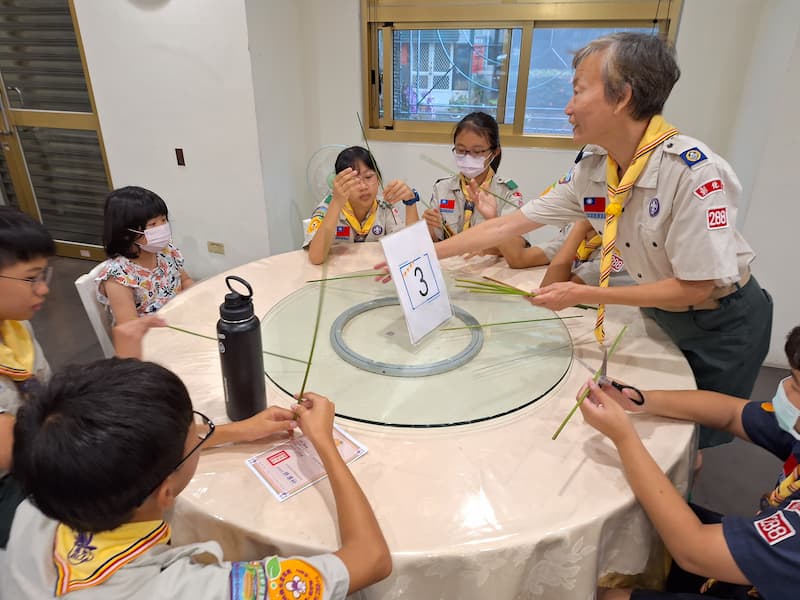
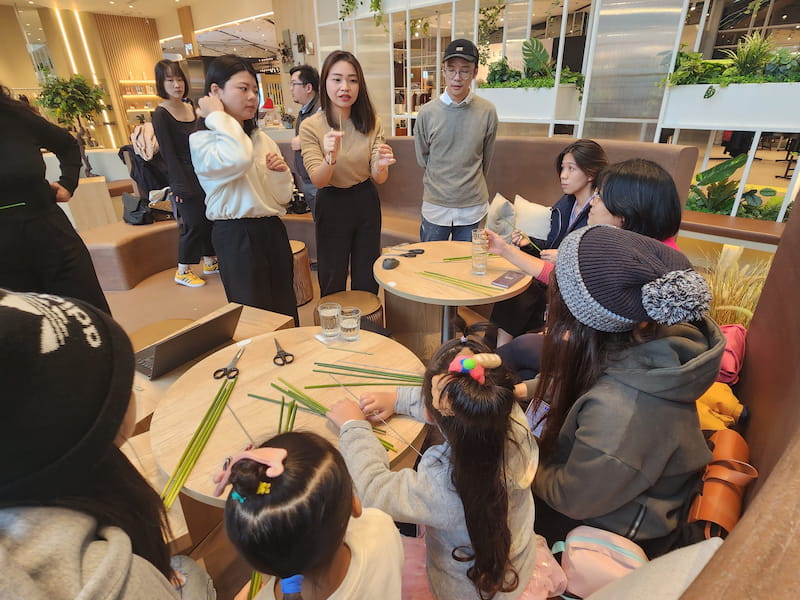
A Straw for the Ocean, Education, and the Future
Grass Straws not only address the environmental issues caused by single-use products, but also deliver multiple and positive impacts across plastic reduction, carbon capture, soil improvement, and environmental education. They prove that sustainability doesn’t have to be about passive restriction — it can be an active contribution.
From the heartbreaking sea turtle incident to the bright eyes of children in classrooms, Grass Straws are creating a meaningful link between education and action on the path to a sustainable future. Choosing Grass Straws isn’t just about changing a consumption habit — it’s a hopeful and impactful decision for the health of our oceans, for protecting ourselves from the hidden threat of microplastics, and for giving our children the chance to grow up in a cleaner, better world.
References:
- ETtoday
- CommonHealth
- HealthNews
You're Not Just Drinking Water
You're Drinking Microplastics!
The water you and your child drink may be hiding invisible plastics. These micro-particles not only harm our oceans — they’ve already started to quietly invade our brains. Discover Grass Straws today. They contain no plasticizers and serve as an excellent hands-on tool to teach children about sustainability. It’s a small change that protects your family’s health and empowers the next generation.

